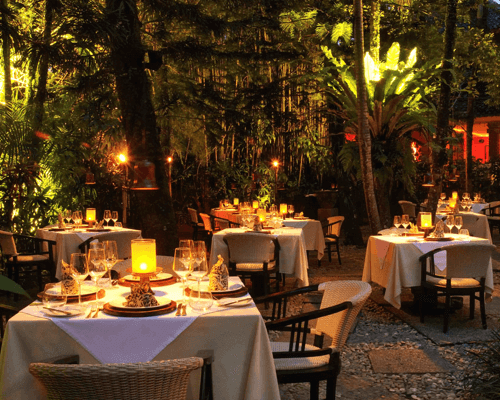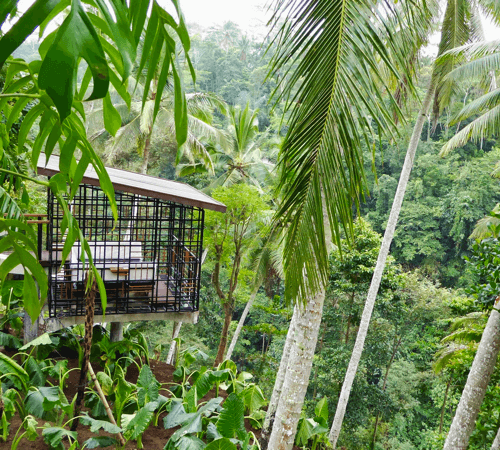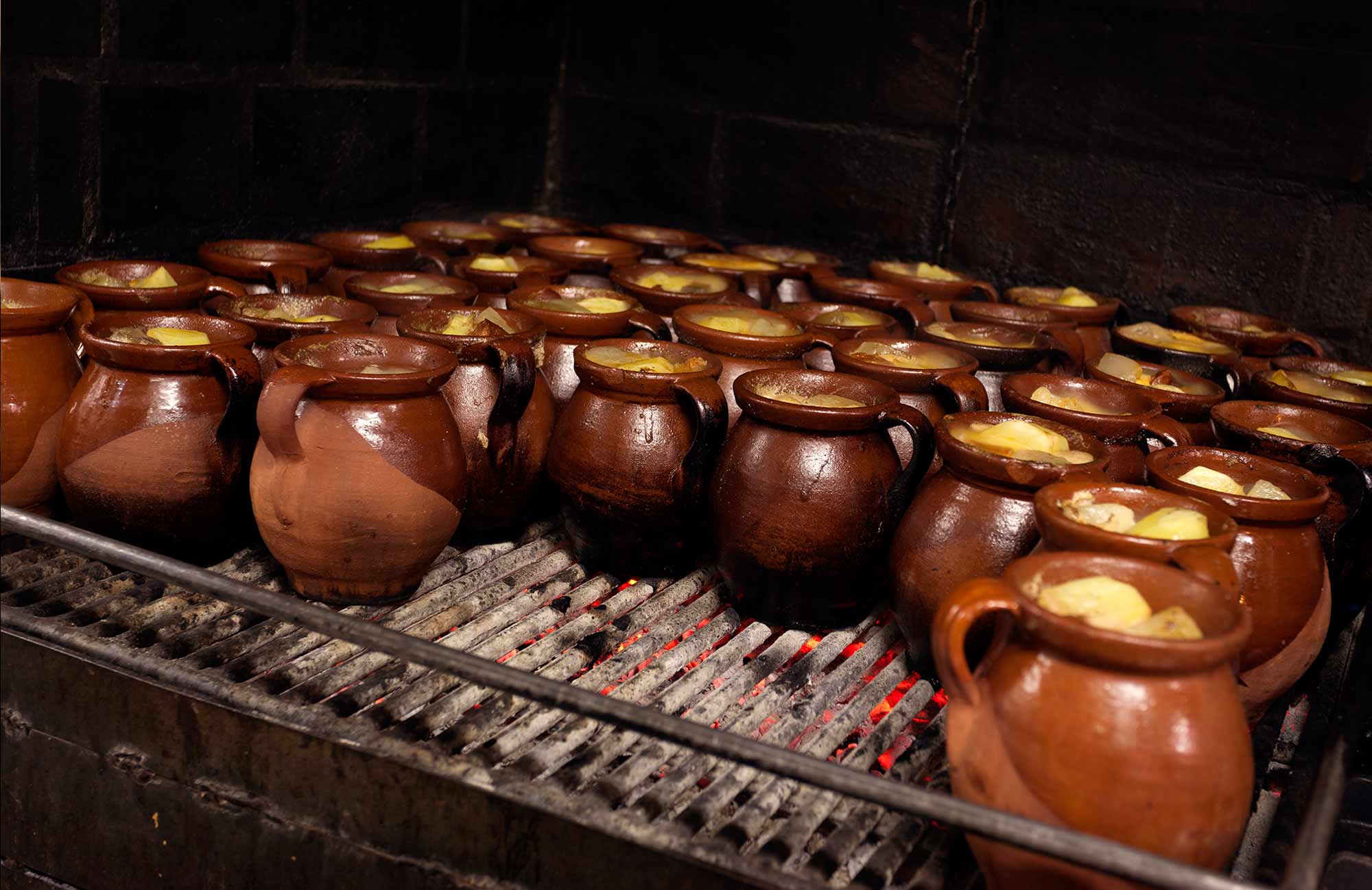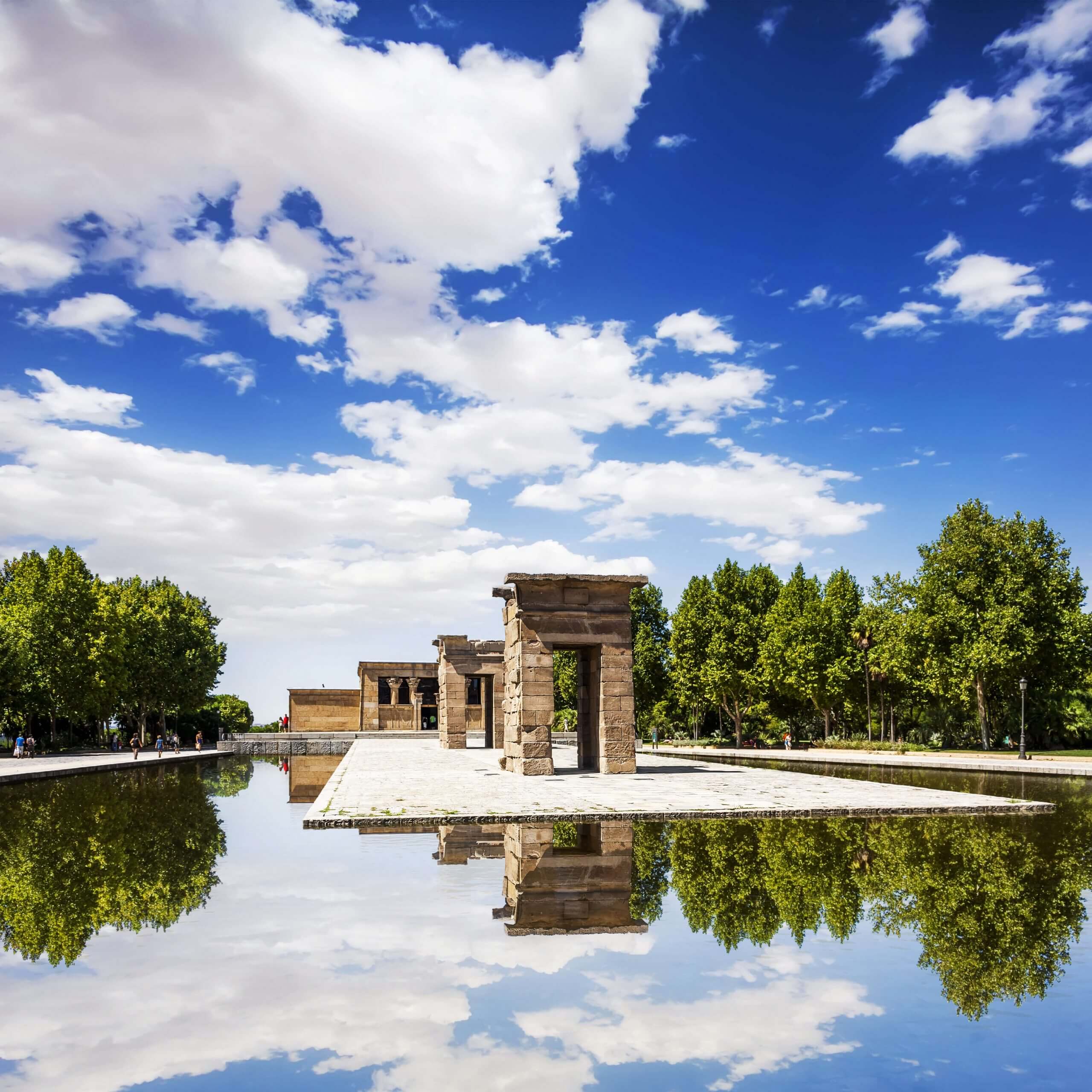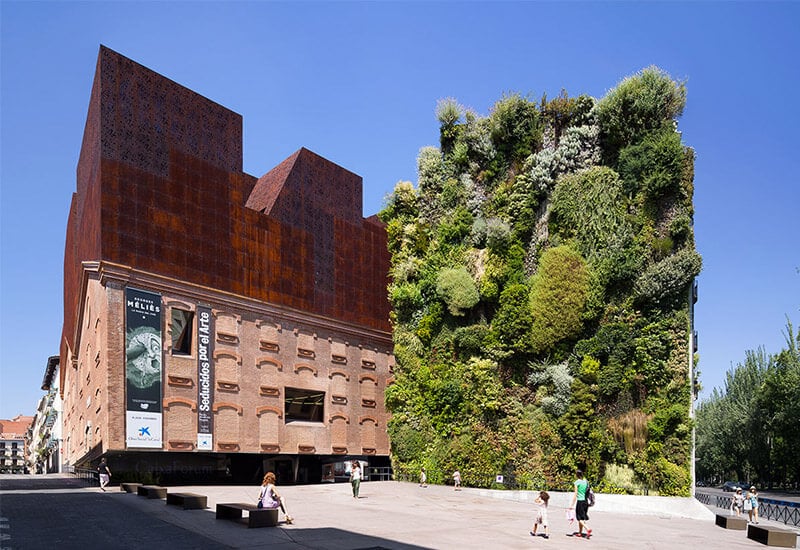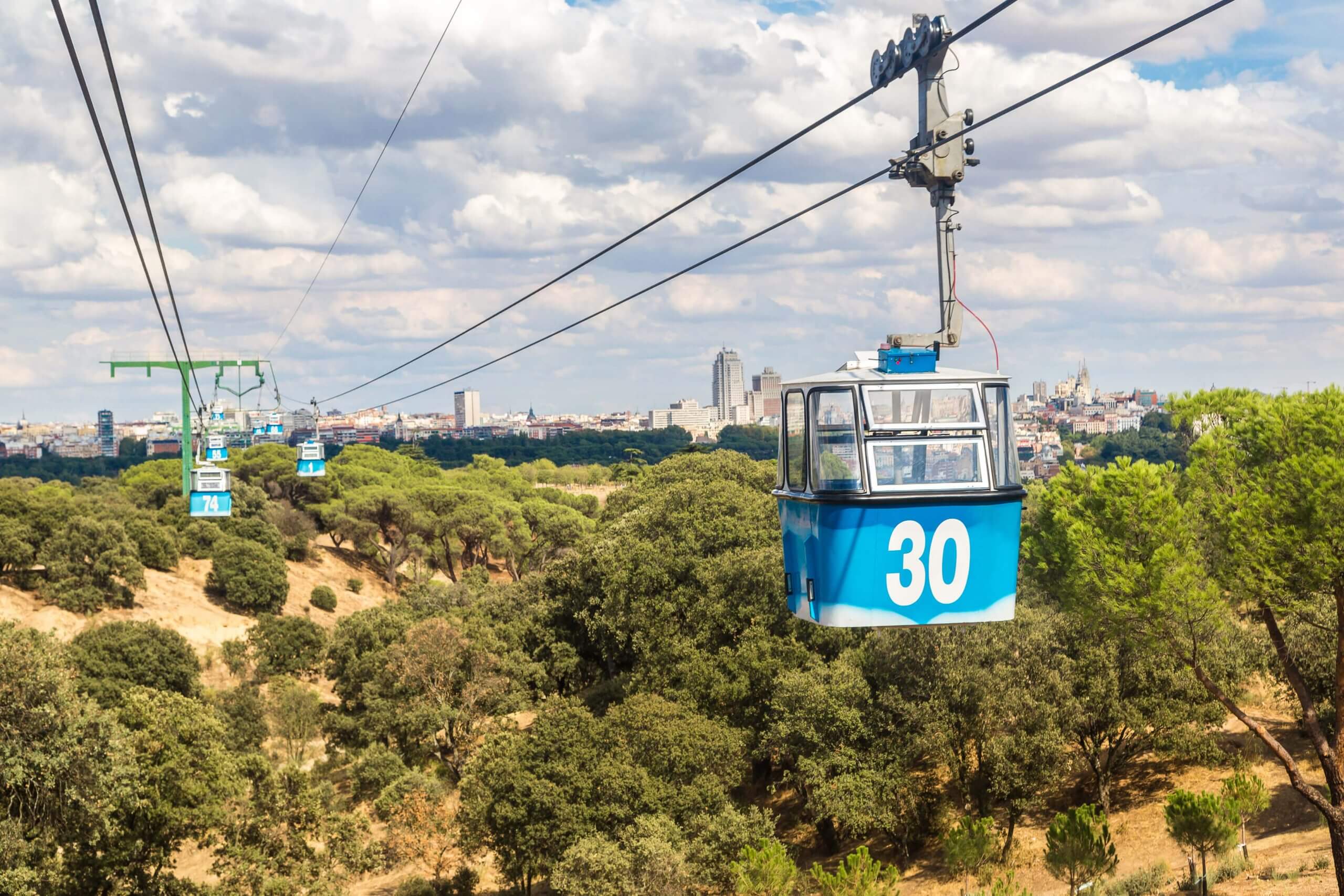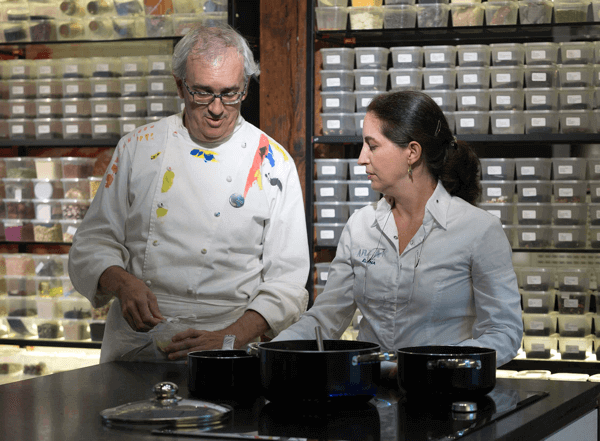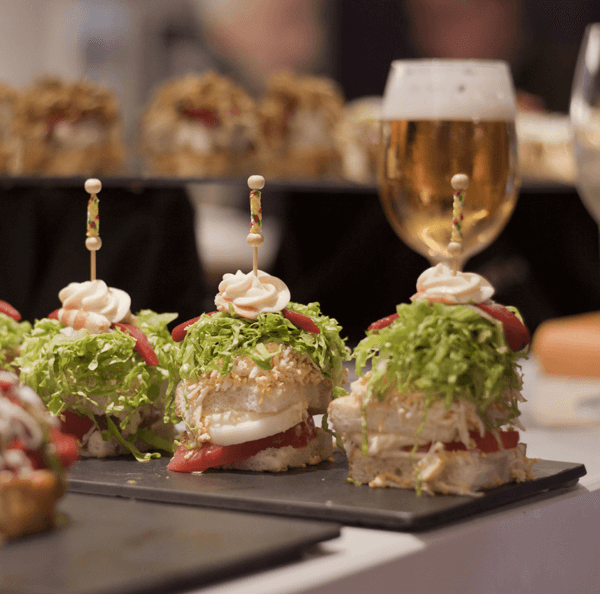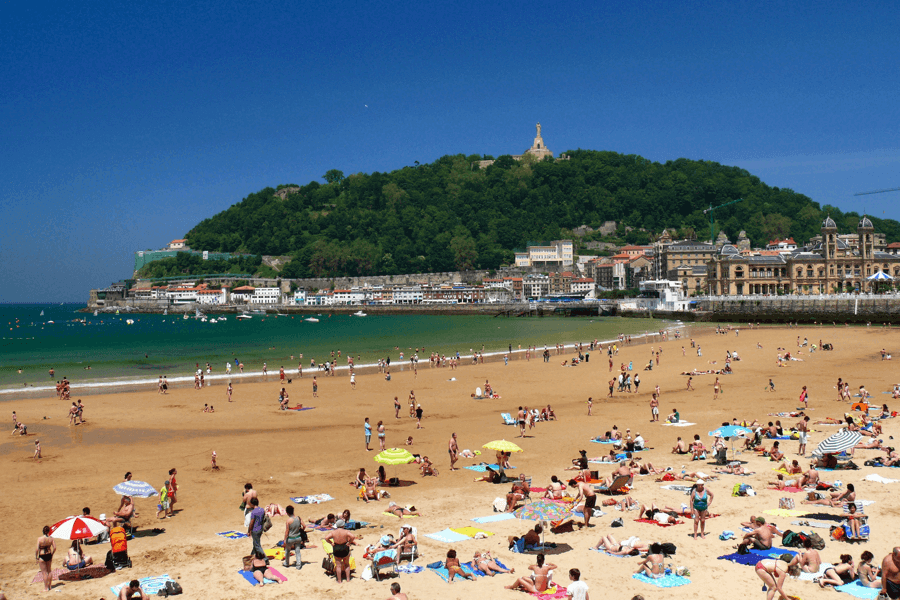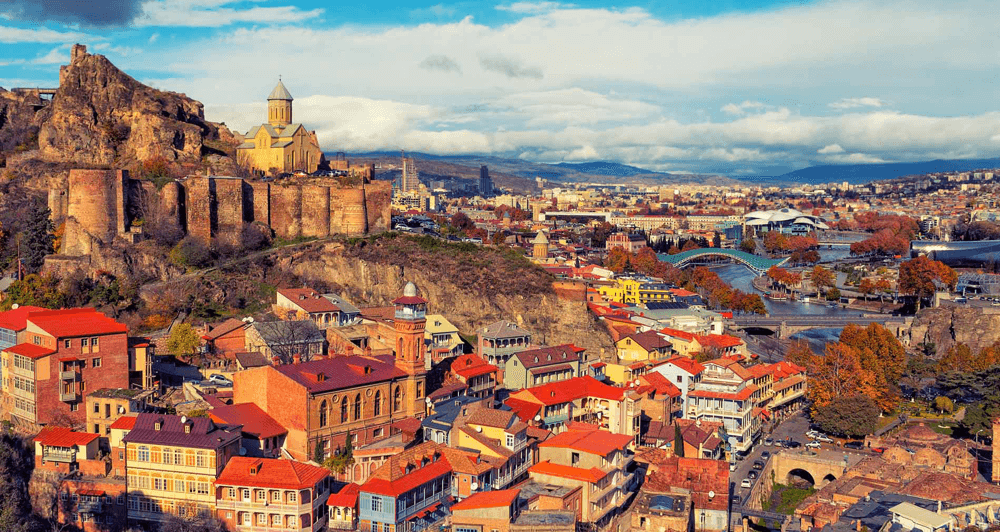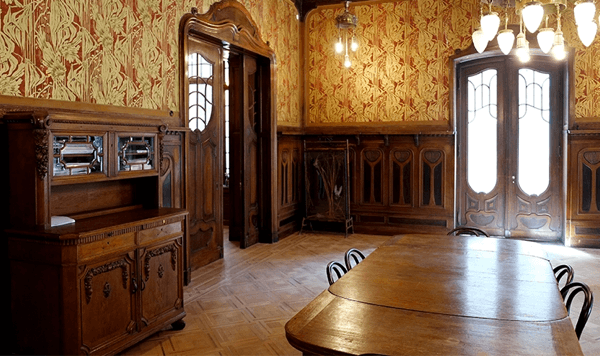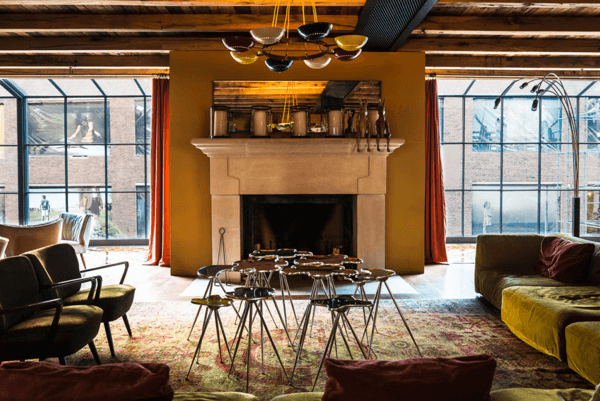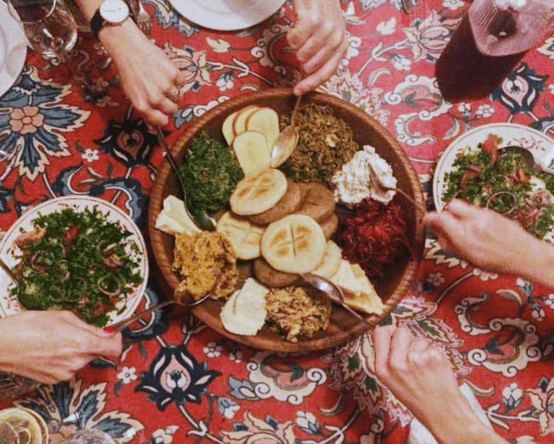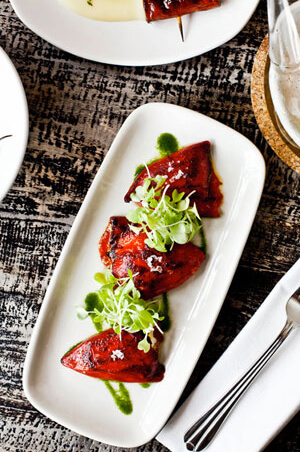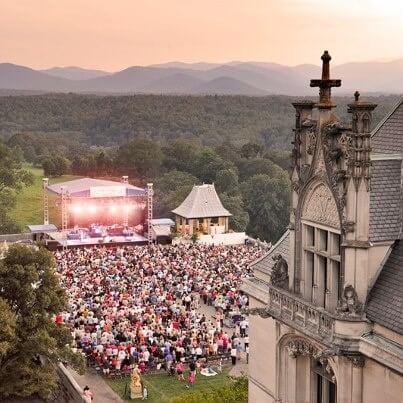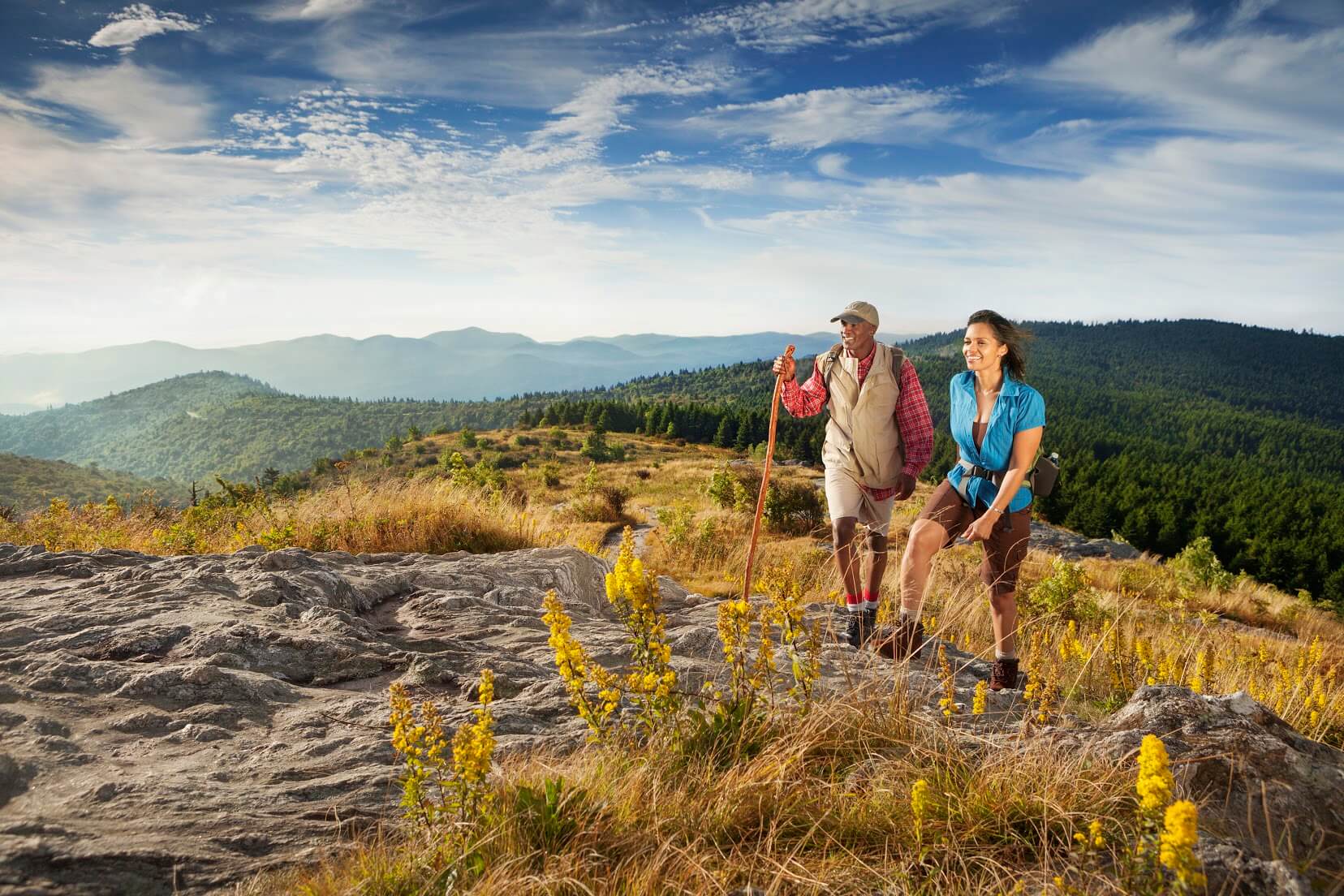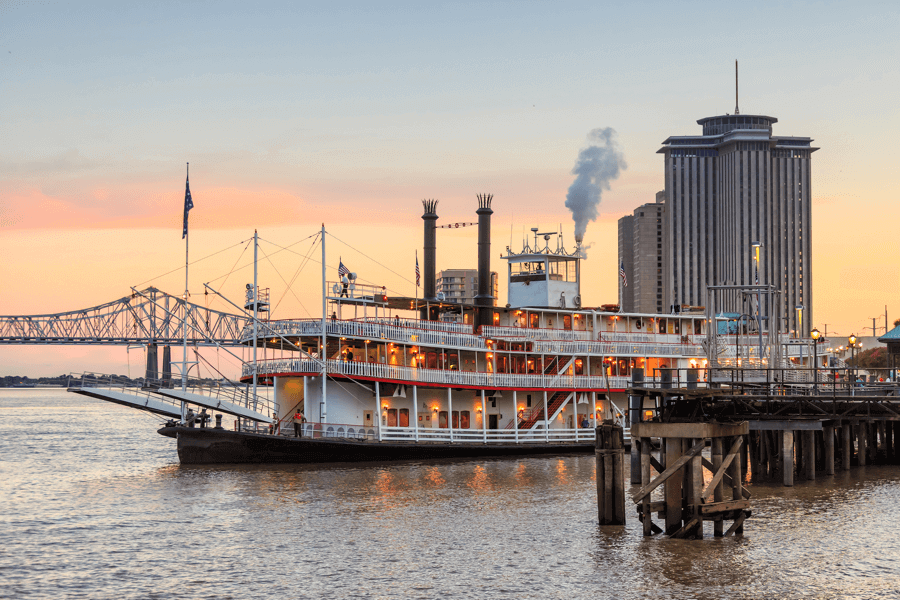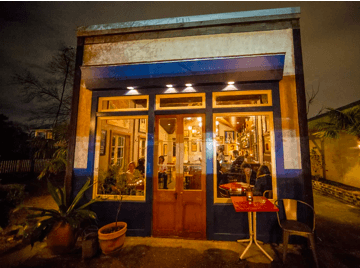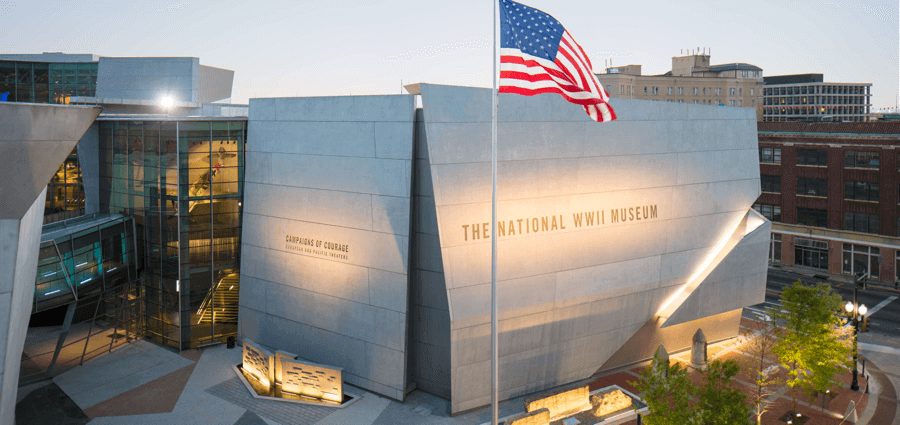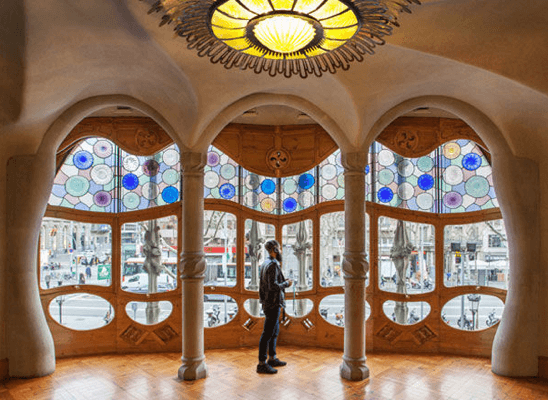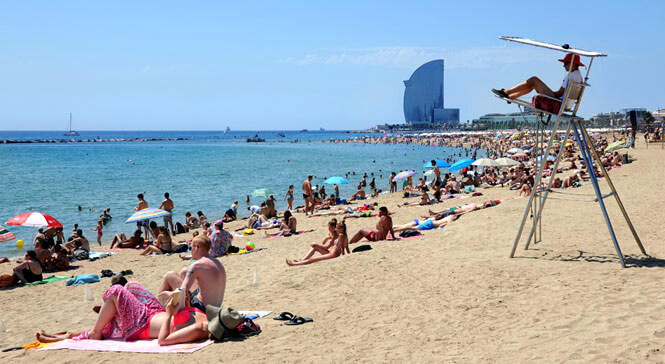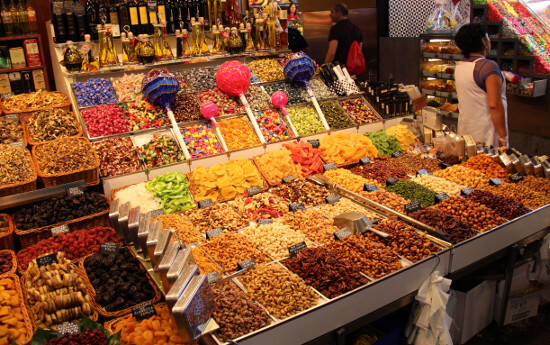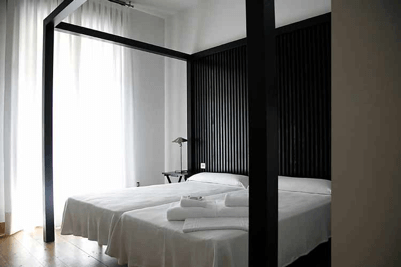
Together with the best-of lists from top travel writers and critics, we used the rankings from our own algorithms that aggregate and weight info on hotels, restaurants, and attractions to determine the winners in a number of categories for our inaugural Experts’ Choice destination awards. Bali wows year-in-and-year out, so it’s no surprise that they’ve won our 2018 award for Best Asian Destination.
An island with over 4 million people and what seems like as many temples, Bali is inexhaustible. Tourists come for the gorgeous beaches as well as the breathtaking scenery inland — lush jungles, terraced rice paddies, and an active volcano. U.S. News and World Report recommends a hike in Kintamani up to Mount Batur.
Other visitors are in it for the food — the island offers unforgettable gustatory experiences. The celebrated Ubud Food Festival is coming up in mid-April. The theme this year is “Generation of Innovation,” an exploration of innovative and sustainable ideas in Indonesia’s food scene.
Restaurants like Mozaic Restaurant Gastronomique in Ubud, which offers the island’s top fine-dining experience and Warung Sulawesi, a traditional café serving authentic local food, represent the range of options — great food can be had here on any budget. Sardine in Kerobakan is our top pick for seafood.
Mozaic Restaurant Gastronomique
We should also mention that breakfast is a big deal here. Smoothie bowls, gorgeous fresh fruit, and traditional western brunch fare are in ample supply. Try Watercress in Kerobokan, where you can get an excellent Revolver Coffee cup of joe, and Kafe in Ubud, which serves up some mean banana pancakes.
Traveler + Leisure likes newcomer Spice by Chris Salans, the New York-tested chef behind Mozaic. You’ll find hefty portions of contemporary Indonesian deliciousness at reasonable prices. MOKSA a plant-based restaurant newish to the scene, is part of a complex that includes a dojo and a permaculture garden.
Travelers in pursuit of luxury will feel pampered in Bali in an ever-growing collection of resorts and spas. The Four Seasons at Jimbaran Bay, an Experts’ Choice winner, boasts bigger bedrooms and better ocean views after a two-year renovation while Travel + Leisure reports that its sister property, the Four Seasons Resort Bali at Sayan is offering something else new — the opportunity to be “rocked to sleep in a silk hammock in a bamboo hut by an former Buddhist nun.”
Hoshinoya Bali, outside of Ubud, has been bringing its uniquely Japanese ryokan approach to hospitality to Indonesia for just over a year now. Canal-like pools and treehouse gazebos make the cluster of 30 thatched-roof villas feel like a magical hidden community. New in 2018, highly anticipated newcomer Capella Ubud offers an original experience from renowned designer Bill Bensley: ultra-luxe tents each with their own saltwater hot tubs.
Amandari, TripExpert’s top-rated hotel in Bali, is a luxury resort that aims to feel like a traditional Balinese village has stood the test of time. Its villas offer both opulence and a sense of peace and seclusion. You can swim in the Ubud area’s first infinity pool, visit the centuries-old shrine nearby, or book at the spa, all in a quest to find balance.
For its breathtaking scenery, world-renowned luxury accommodations, and sun-drenched beaches, Bali has earned the Experts’ Choice Best Asian Destination designation for 2018. Plan to dodge the rainy season by visiting sometime between April and October and be sure to visit our Bali destination page for information from travel experts on the island’s best hotels, restaurants, and attractions.
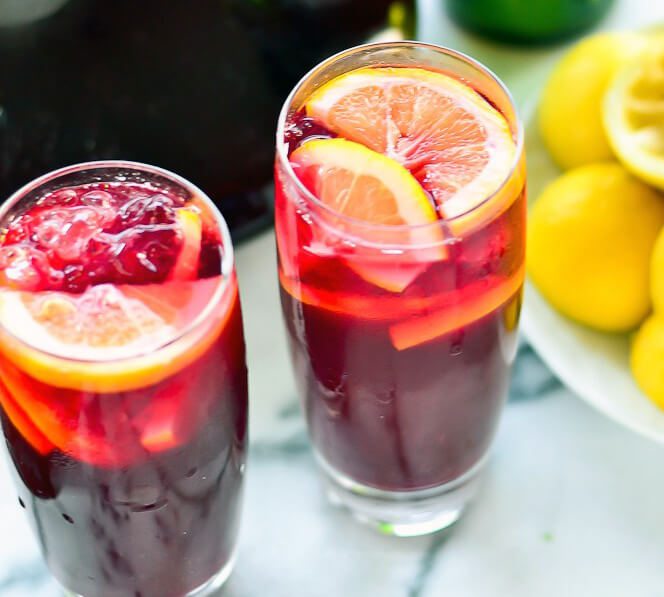
Madrid is the city that never sleeps — that is unless you catch her between the hours of 2-6pm. A stillness falls on the city as shop doors roll down and workers head to their favorite bar or tavern to grab a bite before indulging in a few moments rest.
Follow their lead and recharge during these hours so you will have the stamina to join in “la marcha” of the night. Of course, that doesn’t mean heading back to your hotel to sleep — Spaniards of late are shunning the actual sleeping during siesta and taking advantage of this time as an elongated social hour.
Spain, and Madrid in particular, operates in a seasonal way. During the summertime, the Siesta means thousands of people loitering in plazas wherever shade can be sought. Spring and autumn draw people from their homes, you’ll find locals basking in every moment of the sunshine possible; it’s not unusual to see benches full from morning to night. Winter is a strange beast in Madrid, some days will be brutally cold and siesta hour will leave the streets empty and the cafes full.
To be sure you’re covered no matter the season there are plenty of indoor and outdoor options on this list. Do like the locals and let the weather be your guide!
In summer, pick a plaza and join the crowds
Tinto de verano, half red wine and half sparkling lemonade
Terrazas, terraces, begin to swell with crowds right around 2 in the afternoon, and tables fill with drink after drink. During the summer months, this is the perfect time to take a tinto de verano, a wine spritzer that you will actually find locals drinking — unlike sangria which is pushed onto tourists. For beer drinkers order up a shandy or clara which is half-beer and half-lemonade. It’s refreshing and hydrating at the same time. This is the secret to how the Spanish keep going all day and night, their daytime drinks are not completely alcoholic!
Winter means bigger meals and delicious dessert
La Bola is known for their cocido Madrileño, a hearty stew perfect for winter
Though it might not be terraza season there are still plenty of cozy restaurants to duck into and take shelter from the elements. La Bola is an old favorite for their cocido Madrileño, the local stew. Vegetarians and vegans take refuge in Plaza de la Paja which is home to several cruelty-free restaurants or in Pura Vida Vegan Bar near Plaza Cebada.
No matter how your wintertime siesta begins, there’s one thing many can agree on: finishing with a rich dessert. During the winter months, many people take the chance to indulge in churros and hot chocolate to keep the cold at bay. There’s no place more famous than San Ginés, found tucked off Calle Arsenal, just around the corner from the iconic nightclub Joy Eslava. If you’re hoping to find a place that’s a little less known then walk just a few more minutes to Confitería El Riojano. Their drinking chocolate is lighter and the selection of pastries is more varied than most chocolaterías who only offer churros or porras.
Churros with hot chocolate from Chocolatería San Ginés
Take a rest in a park, garden, or holy place
The Debod Temple, an ancient structure reconstructed in Spain after being gifted by the Egyptian government
After the long and lingering lunch time meal, it’s customary to take a walk to the nearest open park and close your eyes for a few moments if the weather permits. While the Retiro is arguably the most famous of all the parks in Madrid it’s also worth walking the extra mile past the Royal Palace to arrive in the shady Templo de Debod park which offers one of the nicest sunsets in Madrid.
Plaza de Oriente lays at the feet of the Royal Palace and the statue strewn gardens play host to many local musicians and painters. Grab a spot on one of the benches, enjoy the music, and drift off. It should go without saying, but be certain you’ve put your valuables into your front pocket as Madrid has one of the highest pickpocketing rates in the world.
Almudena Cathedral, to the left of the Royal Palace, also makes a good place to have a few moments of stillness in the Madrid afternoon. The colorful vaulted ceilings, stained glass, and the decorum of visitors make it a very tranquil place to sit for a while and take it all in. As there’s no entry fee charged at the time of writing, it’s also a good place for those on a budget to enjoy.
Make for the museums and get your cultural fix
If some shut-eye isn’t on your list then make for one of Madrid’s many museums. The CaixaForum is always a good choice, and their location at Paseo del Prado 36 makes it an enjoyable walk from anywhere in the downtown area. The exterior of the building is covered in flowing green plants and is worth a few moments. After paying a modest admission free you’ll find a bookshop, cafe, and over 600 objects on permanent display in addition to the rotating themes. My personal favorite was the sneak peeks at Pixar animation studios unreleased short films as well as the labor of love that went into each animated classic.
For a more central option, the Telefónica Building also has wonderful displays and four floors to choose from. Their rotating exhibitions include everything from massive wind-powered sculptures to director Alfred Hitchcock’s life and have even included temporary virtual reality displays. Tickets are not needed for most events, you can just walk into the building which is easily found where the Gran Via meets Calle Fuencarral.
A winter sightseeing option
In winter the sun sets much earlier, just before 6 in the evening in December, and taking a ride on the Teleférico during sunset is one of the more romantic and charming views of Madrid possible. If you plan to take a one-way ride be aware that it’s a 20-minute walk through the Casa de Campo to the nearest metro station (also named Casa de Campo) so you’ll want to bring a flashlight with you. A return trip will land you back at the same spot after dark, just in time for the mid-evening snack of merienda. This is typically taken anywhere between 6 to 8 depending on the season and your schedule. For this, you’ll just show up at a tapas bar, order your drink of choice and enjoy a tapa or two before thinking of dinner plans.

Critics and writers from leading travel media power the Experts’ Choice awards. We draw on “best-of 2018” lists and our proprietary scoring algorithm that aggregate and weight experts reviews for hotels, restaurants and attractions. Based on these criteria, San Sebastian (Donostia) has won this year’s award for Best European Destination.
One of U.S. News & World Report‘s World’s Best Vacations destinations, Donostia-San Sebastián possesses an entrancing beauty and “world-class culinary offerings” liable to take your tastebuds hostage. In fact, this gorgeous seaside town has the highest density of Michelin-starred restaurants of any city in the world.
The Lab, Arzak’s test kitchen
If there’s one restaurant that encapsulates this gastronomic excellence, it’s Arzak. The father-daughter team that runs the restaurant expertly craft completely original dishes inflected with the flavors and traditions of the local Basque culture earning Arzak three Michelin stars. Eating here is truly a experience.
Almost always mentioned in the next breath is Andoni Luis Aduriz’s Mugaritz. There are no menus here, but rather the chef prepares a personalized 24-course tasting menu. Gayot and Lonely Planet love the unusual here — cutlery you can eat, edible stones, scarlet shrimp perfume. These innovations elevate rather than obscure seasonal ingredients, creating a wholly unique experience.
San Sebastián is not only about fine dining, though. The Telegraph explains that what makes the city special is the “quality of the everyday food” at pintxo bars and “simple drinking dens selling everything from rustic snacks to high-end gourmet dishes.” Try a fuego negro and Bar Bergara to get a taste. In short, whether you’re after elaborate tasting menus or simple food that’ll blow your mind, San Sebastián is sure to wow you.
When your hunger and thirst have been sated, the sea and sand are the answer to your appetite for incomparable natural beauty. San Sebastián boasts some of the best beaches in Spain and, because of its cooler northerly location, beachgoers often flock here in summer months to escape the steamier south.
Each of the town’s three beaches has its own character. La Concha is the best known and most popular, having been named among the best city beaches in Europe by Travel + Leisure. Ondarreta, between Monte Igueldo and Miramar Palace, is great for beach sports and, when the waves are good, surfing. Zurriola Beach, near Mount Urgull (whose Paseo Nuevo is worth a stroll) is less touristy, more local, and another favorite spot for surfers.
The sumptuousness of San Sebastián from plate to playa shouldn’t end with your accommodations. There are incredible accommodations across a range of budgets. As anyone can tell you, the queen of San Sebastián hotels is the Hotel Maria Cristina, named for queen of Spain who made her summer residence in the seaside town, increasing its desirability as a tourist destination. Designed by the architects behind the Ritz in London, the hotel was inaugurated by the queen herself in 1912. It retains its Belle Epoque charm and reputation for luxury to this day.
Another superb option is the Hotel de Londres y Inglaterra, which Star Service cheekily calls the “working man’s version of the Hotel Maria Cristina.” It is indeed more affordable, but still offers the opulence that hearkens back to the days when Spanish royals flocked to San Sebastián. There are incredible views out over La Concha Bay and the beach.
The food alone is worth the trip to Donostia-San Sebastián, but you’ll want to stay for the gorgeous beaches and seaside scenes. It’s obvious why so many of the world’s travel critics are recommending you see this beautiful city, winner of our 2018 Experts’ Choice Best European Destination designation, this year. Ernesto Gasco, Councillor for Tourism in Donostia/San Sebastián has this to say about the award and his city:
I want to express my joy and satisfaction on behalf of the city of San Sebastián for the Expert’s Choice Award for Best European Destination. The award is a testament to the shared commitment of the City Council, the private sector, and civil society to making our city a quality tourist destination. I hope that those who visit us enjoy the beauty of our city, our exquisite cuisine and, above all, its people.
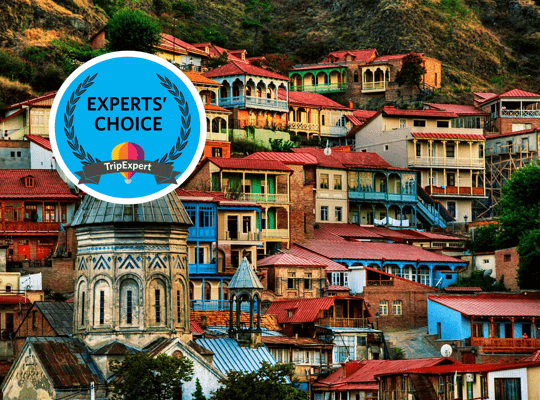
We base our Experts’ Choice awards on recommendations from leading travel media. Winners are determined by taking into account placement in published “best of 2018” lists, as well as the quantity and quality of reviews for hotels, restaurants and attractions. Tbilisi has earned this year’s Best Emerging Destination designation.
Travel experts from National Geographic, The Guardian, and Rough Guides agree that now is the time to visit the Georgian capital. Tbilisi’s rich history dates back, according to legend, over fifteen hundred years. The city, which has been influenced by countless cultures and been part of many empires, remains intrinsically itself while striving to embrace change.
A burgeoning arts scene is breathing new life into Old Tbilisi. Project ArtBeat, a gallery whose focus is on emerging and mid-career artists from Georgia and around the world, established a permanent presence in the neighborhood of narrow streets and buildings known for their shambolic charm.
Writer’s House of Georgia
Also worth visiting in the area is the storied Writer’s House, which has survived as a center of culture for over a century despite the shift politics of the powers that be.
Embodying the spirit of the district’s growing cool factor, Fabrika Hostel is an affordable 98-room property in a converted textile factory. The Guardian likes it for its “huge courtyard surrounded by independent bars and shops.”
Across the river and in another category altogether is the gorgeous Rooms Hotel, which Lonely Planet calls “by far Tbilisi’s most stylish hotel.” The 137-room converted Soviet-era publishing house boats a number of unique suites and interiors that weave together a contemporary sensibility with a vintage Georgian aesthetic.
The amenities are many: personalized tours (including by helicopter), a well-liked in-house restaurant serving contemporary Georgian cuisine, and a buzzy bar with handcrafted cocktails.
Beyond Rooms’s in-house Bar Room, Tbilisi’s brimming with bars and clubs. In fact, the city’s nightlife is said to be attracting hip Berliners and revelers from all over. Vice asked last year if Bassiani, an industrial chic club built under a soccer stadium, might be the new Berghain. There’s increasing openness to the LGBTQ community and venues like Bassiani are destinations for travels of diverse identities. What’s relatively rare in the nightlife scene (compared with Europe, anyway) is drugs. Georgia has strict drug laws and possession of even a small amount can have serious consequences.
If EDM-fueled all-nighters aren’t your jam, you might be attracted to some of Tbilisi’s more traditional attractions like its 24-hour sulfur baths, its ancient wine culture, and its cuisine. Word of mouth and best-of lists are unequivocal when it comes to the best restaurant in town: Shavi Lomi, the beloved creation of chef Meriko Gubeladze, serves up unique Georgian fusion in a cozy atmosphere.
Gubeladze has inspired countless other restaurants in town to update stodgy staples into truly pleasurable dishes. Traditional Georgian cuisine is also elevated at Barbarestan where a cookbook penned in the 1800s is the menu’s ultimate inspiration. Not to be left out is Cafe Littera, another standout in the New Georgian scene. You’ll have no doubt discovered it already in your visit to the Writers’ House.
2018 is the year to visit Tbilisi, which, as it marks 100 years since it first gained its independence from Russia, celebrates the myriad influences which have shaped its rich culture. Even as it looks toward the future, it does so with a nod to the past — with pride in its celebrated authors and artists and the impressive reimagining of Georgian cuisine that’ve gained its chefs the notice of critics worldwide.

While lots of U.S. cities boast proximity to nature, few possess such a seamless integration of both urban and rural life as Asheville, North Carolina. Here, in the valleys of the Blue Ridge Mountains along the shores of the French Broad River, two lifestyles blend harmoniously. As restaurants, breweries and music venues perform at the kind of high-caliber you’d find in a much larger metropolis, this city of about 90,000 also maintains its rustic roots with an easily accessible abundance of nature and world-class outdoor activities. The best part is that not only do these two facets co-exist, they thrive off one another, forming a cohesive landscape like no other place in the U.S.
Although cities like Denver and San Diego have long dominated the craft beer conversation, Asheville lays claim to the most breweries per capita of any city in the country. With upwards of 30 within city limits, spanning a wide array of styles and techniques, the local beer boom has raised the bar for burgeoning breweries across the U.S. Far beyond your standard brews, the city fosters creativity and innovation with places like Ginger’s Revenge, a ginger beer brewery that debuted early 2017, Ben’s Tune-Up, an unassuming beer joint that just so happens to be one of the few places in the country brewing its own sake, or the sour-centric Wicked Weed Funkatorium. Ever since Highland Brewing Company, the city’s first brewery, emerged in 1994, Asheville’s beer scene has been on a steady buildup; so much so that the region has become just as renowned for its brews as it is for its Appalachian hikes.
One of the best ways to drink it all in is simply by meandering around the South Slope district, an area clustered with nearly a dozen breweries. Here you’ll find Green Man, Hi-Wire, Ben’s Tune-Up, Burial Beer, Twin Leaf and others, making for a convenient and leisurely beer crawl spanning a wide variety of styles and flavors. An exciting newcomer to the lineup is White Lab, a company specializing in brewing yeast, which opened an Asheville location earlier in 2017. The pristine facility also added a restaurant and tasting room, highlighting fermented foods and beer-infused cookery. Unique standouts include pizza made with pure liquid yeast and fermented sauces.
In addition to a myriad of smaller breweries, national juggernauts like Sierra Nevada and New Belgium put down East Coast roots in Asheville with theme park-sized facilities, solidifying the city’s role and importance in the American beer scene.
Right on the heels of Asheville’s booming beer scene, local restaurants have risen to the occasion as well. Considering the city’s proximity to copious farmland and its fruitful year round growing seasons, chefs have plenty to work with. From low-key to high-brow, the restaurant landscape is as diverse as ones found in much larger cities, which only adds to the individuality of a town like this.
Rhubarb is a pioneer in Asheville’s restaurant community, featuring award-winning seasonal fare by acclaimed chef John Fleer. Any night of the week, the restaurant bustles with convivial diners clamoring over shared plates of heritage pork meatballs with sour corn grits, wood-roasted trout with preserved lemon remoulade and rhubarb-glazed duck confit with sweet potato cakes and rhubarb salsa. Around the corner in the rear of the building, you’ll find The Rhu (http://www.the-rhu.com/), the casual bakery and cafe component, where habit-forming almond butter-glazed donuts and cream of wheat (made with local Carolina wheat, no less) with maple cream cheese are the order of the day.
Down the street from Rhubarb, Cúrate reigns as one of Asheville’s most popular stalwarts, and rightfully so. Chef Katie Button works wonders applying a Spanish accent to locally grown ingredients and meticulously sourced provisions, dishing up tapas like fried eggplant drizzled in mountain honey, salt-cured sardines with pickled raspberries and charcoal-grilled turnips with turnip greens, sherry, almonds and leeks.
For something a little more casual and quick, the restaurant features a nice charcuterie bar menu, focused on snacky bites like jamón Iberico, cheeses and fried almonds, all of which pair nicely with vermouth by the glass, cider or a cucumber-infused gin & tonic.
Venture away from downtown to park yourself at Gan Shan Station, a gas station turned East Asian restaurant whose effortless cool would feel right at home in any hip urban neighborhood. You can sit in front of the garage on the restaurant’s patio, or opt for a bar stool for one of the best seats in the house. As the open kitchen and bar whirs in front of you, tuck into sticky-spicy Korean chicken wings spiced with gochujang and shoyu, crispy salt and pepper tofu and green curried confit chicken thighs with pineapple, eggplant and cilantro.
Even Asheville’s most casual, accessible newcomers aim high, like Bone & Broth. A recent addition to the Chestnut Hill area, this English pub-inspired haunt exceeds adventurous expectations with rabbit wings, scallops with dehydrated salmon roe and ricotta gnocchi with braised wild boar belly. Don’t miss the bread either, served warm and crusty with whipped smoke tallow and butter. The pub of course also features its namesake bone broth, steeped for 48 hours before being ladled into steaming, fragrant bowls as a savorous starter.
Like other Southern cities, Asheville’s musical roots run deep, paving the way for a new era that’s helping to spotlight the city from a new angle.
The best aspect of Asheville’s thriving music scene is how integrated it is with its famed surroundings, making for venues and experiences that are wholly original.
From concerts at Sierra Nevada’s outdoor amphitheater to the Biltmore Concert Series at the iconic Biltmore Estate’s South Terrace, there’s hardly an arena or hall that doesn’t feel distinctly Asheville. It’s these kinds of immersive settings that increasingly attract musical acts, coupled with the city’s longstanding relationship with music at an organic level.
South Terrace on the Biltmore Estate
Surprises and performances await around nearly ever corner, like White Horse Black Mountain, a car dealership-turned-music venue. Or the Woodrow, an Asheville-born stringed instrument that you can learn about at the Woodrow Instrument Company. Or the weekly Friday night drum circles that has locals and visitors dancing along in the streets.
From the old (the nation’s longest running folk festival, the Mountain Dance and Folk Festival has been active since 1928) to the new (Explore Asheville Radio is a new station focused on local artists), Asheville’s best musical asset is its ability to celebrate its historic past while pushing towards the future.
All that eating, drinking and dancing is a surefire way to boost energy for hiking, kayaking, paddle boarding and bellyaking, an Asheville novelty that entails face-first kayaking on your belly. Fortunately, with its one million acres of forest surrounding the skyline, getting out into nature is a natural way of life around here.
Hiking is Asheville’s crown jewel, with 40 nearby mountains that exceed 6,000 feet for the diehard, along with lower and more reasonable day hikes that are an easy jaunt from downtown. The Blue Ridge Mountains, Appalachian Trail and Great Smoky Mountains National Park are all a stone’s throw, each affording striking sights from various vantage points. Blue Ridge Hiking Company is a great company to connect with, thanks to their diverse portfolio of routes and durations. Hoof it into the Blue Ridge Mountains where sun-soaked trails provide glimpses of wildlife, waterfalls, granite domes and plant species found almost nowhere else. If you’re looking to capture that awe-inspiring vista in an afternoon, try Summit Sam Knob. A 2.2-mile round trip hike with easy access off the Blue Ridge Parkway, the trail ascends to 6,050-feet, with sweeping views of the mystical, blue-tinged mountains.
Rafting at Nantahala Outdoor Center
Just as prominent as hiking in Asheville is the popularity of water activities. Between the Nantahala and the French Broad Rivers, options run the gamut from whitewater to beer tubing. For something adrenaline-pumping, head to the Nantahala Outdoor Center, the country’s largest whitewater outfitter. They’ll equip you and guide you through some of the region’s more action-packed waves.
Meanwhile, the French Broad, one of the oldest rivers in the world, ambles northward at a pace more befitting stand-up paddle boarding, tubing, swimming and that aforementioned bellyaking. Wai Mauna is one of the city’s premiere companies for paddle boarding in particular, and they’ve even added a six-person giant paddle board option for well-balanced groups.
One particular activity that epitomizes Asheville is beer tubing. Floating lazily down a river via inner tube with coolers of beer in tow is something found throughout the country, but here in Asheville, at companies like Zen Tubing, the activity perfectly captures everything the city is best known for in one blissful afternoon. Especially if you’re swigging a can of New Belgium beer as you drift by the riverside brewery.

Our Experts’ Choice awards are are based on recommendations from leading travel media. Winners are determined by taking into account placement in published “best of 2018” lists, as well as the quantity and quality of reviews for hotels, restaurants and attractions. We’re pleased to announce that the winner of this year’s award for best North American destination is New Orleans.
“The most unique city in America”, proclaims Fodors, and our experts agree. The Big Easy is celebrating its 300th birthday this year, making a city already known for is festivals and celebrations an even more exciting destination in 2018. Dubbed the “ultimate melting pot” by The New York Times on its list of 52 Best Places to Go in 2018, NOLA is a vibrant and enchanting oasis of diverse culture, food, music, art, and nightlife in the American South.
Wrapping up its third century, the “jubilant city”, featured on Frommer’s Best Places to Go in 2018, is particularly festive this year, with over 160 dazzling festivals, each with a tricentennial theme. Beyond Mardi Gras and Jazz Fest, the city’s most popular and well-known parties, New Orleans offers endless opportunities to soak up its unusual and fascinating charm.
Creole cuisine, with influences from “Europe, the Caribbean, Latin America, Africa and indigenous peoples” is another enormous draw to New Orleans (The New York Times). Travel + Leisure calls food in NOLA a “daily celebration,” and with Big Easy delicacies like beignets and po’boys, it’s always time to celebrate.
This year, on it’s Go To List 2018, Fodors highlights “hot newcomers like N7 and Turkey and the Wolf” that are keeping gastronomy in New Orleans fresh and exciting, “alongside 100-year-old decadent Southern dining rooms and po’ boy stands.” Cochon and Bayona, with TripExpert scores in the 90’s, are other outstanding options for Louisiana fare.
N7, new to the NOLA restaurant scene
Visitors to New Orleans will never be short on entertainment in this city known for frivolity. Bourbon Street is, of course, a can’t-miss, but Travel + Leisure recommends venturing beyond the obvious for the real “cultural depth” of the city. The Bywater district, with “its galleries, clubs, and restaurants,” is a trendy neighborhood worth spending some time in, according to Frommer’s.
City Park, TripExpert’s top-rated NOLA attraction, and Audubon Nature Institute also make the cut on US News & World Report’s Best Things To Do in New Orleans. Audubon’s facility includes the Audubon Zoo, the Audubon Aquarium, and the Audubon Insectarium. The North Rampart Street cable car line extension, new riverside parks, a burlesque opera, and Tango Fire, from the New Orleans Ballet Association are generating buzz this year. And don’t forget to sit back and enjoy some world-class jazz music, found just as often on street corners as in classy bars. As Lonely Planet explains, “Live music isn’t an event: it’s as crucial to the city soundscape as streetcar bells.”
The Great Lawn at City Park
New boutique hotels in New Orleans are recommended by Fodors for their “historic charm, modern comfort, and sense of place.” The Henry Howard, a beautifully restored mansion with Southern style, stands out for its friendly and cozy character, while The Quisby, located in central city, is a well-run hostel for the modern age. TripExpert recommends Windsor Court Hotel, Hotel Monteleone, and The Roosevelt New Orleans, A Waldorf Astoria hotel — our top three picks in New Orleans.
Last year, British Airways launched NOLA’s first direct connection to Europe in decades, making the Big Easy is even more accessible to visitors from abroad. With that “classic appeals like jazz, Mardi Gras, and Creole cuisine” that Fodors likes and up-and-coming restaurants, new hotels, and tricentennial events galore it’s no wonder that New Orleans is 2018’s Trip Experts’ Choice Best North American Destination.
Vogue sings New Orleans’ praises, and we couldn’t say it better ourselves: “the sultry, enchanting French-founded Crescent City feels like a mystical mix of tipsy euphoria and subtle seduction.” By “honoring the old and welcoming in the new and different,” NOLA has become a delightfully peculiar destination, a hub of culture and merriment ideal for a 2018 getaway.

Our Experts’ Choice awards are are based on recommendations from leading travel media. Winners are determined by taking into account placement in published “best of 2018” lists, as well as the quantity and quality of reviews for hotels, restaurants and attractions. We’re pleased to announce that the winner of this year’s award for best budget destination is
Barcelona.
Don’t let the fear of a European price tag deter you from this year’s best budget destination, Barcelona, because, as Marie Claire so accurately proclaims, “what makes the Catalan City ‘special’ doesn’t cost a penny.” Featured on Forbes’ Best Budget Travel Destinations For 2018 and The New York Times’ Bargain Destinations for 2018, Barcelona is home to a vibrant and unique culture while remaining “among the more affordable cities in Europe.”
Iconic Gaudí architecture, free museum days, public beaches, and donation-based walking tours are just some of the easily accessible attractions our experts’ highlight. Refinery29 notes that admission to “many of the site’s most famous landmarks are under 10 Euros.” Entry to Parc Guëll, which Budget Travel describes as “a sort of Gaudí Disneyland for the senses,” is just 7 euros for adults, with discounted tickets for seniors and children. Casa Batllo and Sagrada Familia, Gaudí’s other architectural masterpieces in the city, are pricier, but booking tickets online ahead of time can lower the cost and ensure admission.
Street art and outdoor movie screenings are even more free-of-charge activities recommended by The Guardian as some of the Best Ways to Enjoy Barcelona on a Budget. “Even the Picasso Museum has a free evening weekly, Thursdays from 6 to 9 pm, in addition to a free day every first Sunday of every month,” cites EuroCheapo, guaranteeing that some of the most famous and impressive art in the world is viewable on a budget. For history and architecture buffs, a walking tour through the Gothic Quarter is an enjoyable and informative way to get to know the city.
With art and culture around every corner, it’s easy to overlook one of the star attractions in Barcelona, which just so happens to have no admissions price — the beach! Sparkling Mediterranean seas and on-site amenities like lounge chairs and umbrellas make La Barceloneta Beach one of US News & World Report’s Best Things To Do in Barcelona and an excellent place to lay back and wiggle your toes in the sand in between museum visits and sightseeing.
Boqueria Market sits at #2 on US News & World Report’s recommendations for the city. The outdoor market is full of energy, history, and delicious, affordable food and drink. Wind your way through narrow aisles brimming with spectacular Spanish specialties, picking up “jamón ibérico, manchego cheese and salted cod (bacalao).”
And don’t miss the local wine, fresh juice, sweet, and tropical fruits. Consider creating a tasty homemade tapas dinner out of your purchases to enjoy with friends on the beach at sunset for the true Catalan experience.
Budget Travel praises Accor Hotels “a well-known hotel brand throughout Europe” offering “many budget-friendly options.” Generator Hostel is an affordable alternative, a boutique hostel in the city center, as is Hostal Girona, appreciated by EuroCheapo for its “low rates” and “impeccable cleanliness.” TripExpert recommends Equity Point Centric Hostel for its great Eixample location, its sunny rooftop, and, above all, its very reasonable prices.
With “flight prices down 20% for the first half of 2018,” Forbes’ confirms that Barcelona is a serious bargain hotspot this year. Some of the most exciting attractions in the Spanish city are surprisingly affordable, if not entirely free-of-charge, making it a destination full of culture, art, and food that visitors can truly make the most of, even on a budget.
Just another WordPress site

